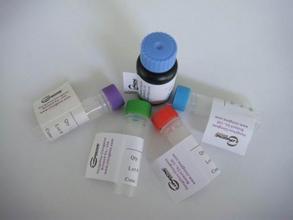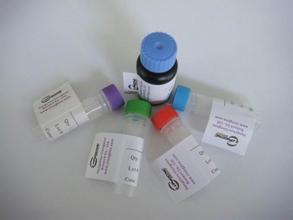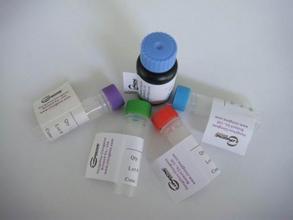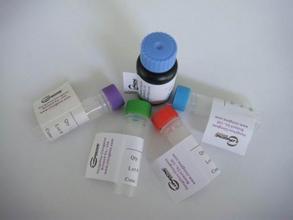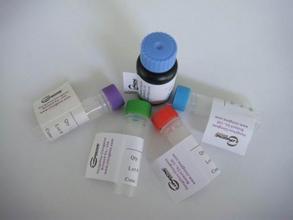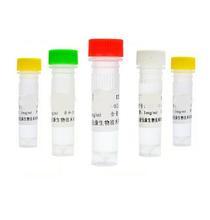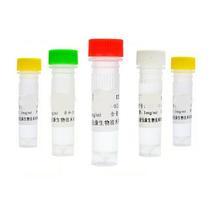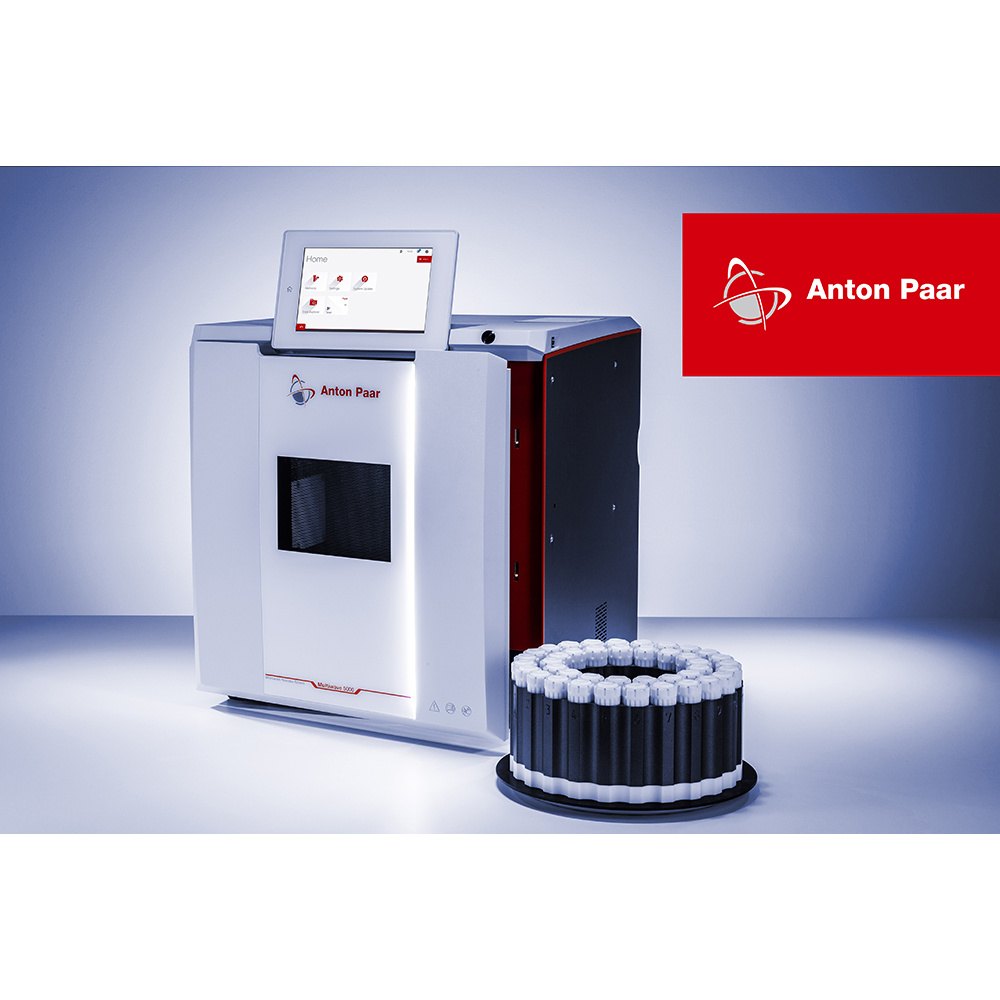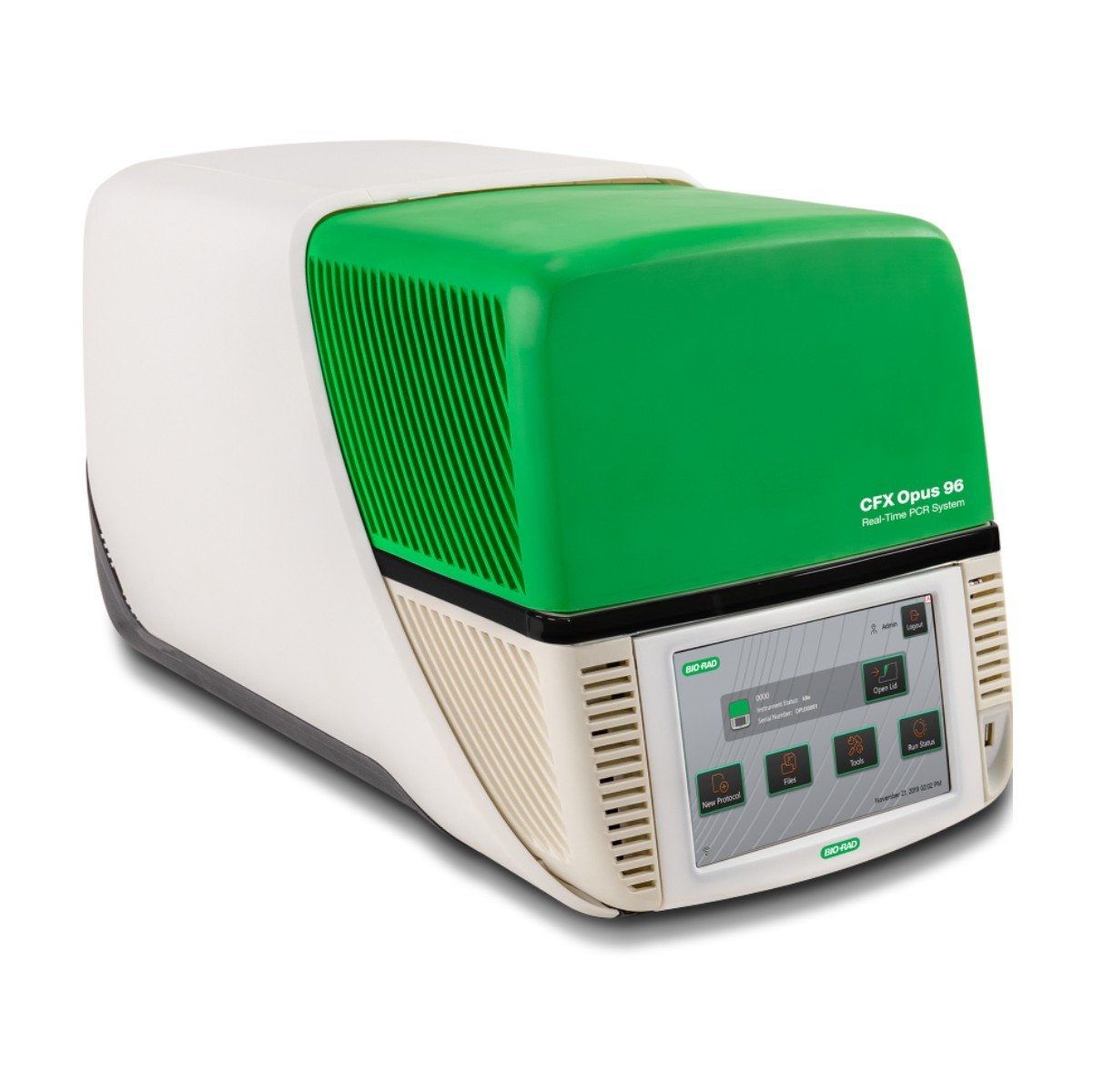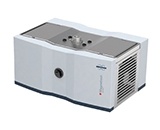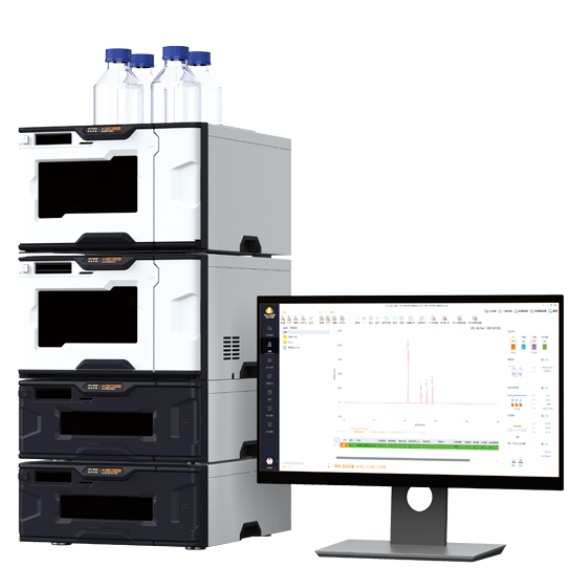磷酸化非受体酪氨酸激酶c-Abl抗体elisa实验
磷酸化非受体酪氨酸激酶c-Abl抗体英文名称 Anti-phospho-c-ABL(Tyr245)
中文名称 磷酸化非受体酪氨酸激酶c-Abl抗体
别 名 c-Abl(phospho Y245); c-Abl(phospho Tyr245); p-c-Abl(Tyr245); Abelson Murine Leukemia Viral Oncogene Homolog 1; Abelson murine leukemia viral v abl oncogene homolog 1; Abl 1; ABL; Abl protein; Abl1; Bcr/c abl oncogene protein; JTK 7; JTK7; p150; Proto oncogene tyrosine protein kinase ABL1; Transformation gene oncogene ABL; v abl Abelson murine leukemia viral oncogene homolog 1; v abl; ABL1_HUMAN.
浓 度 1mg/1ml
磷酸化非受体酪氨酸激酶c-Abl抗体规 格 0.1ml/100μg
抗体来源 Rabbit
克隆类型 polyclonal
交叉反应 Human, Mouse, Rat, Chicken, Dog, Pig, Horse, Rabbit
产品类型 一抗 磷酸化抗体
研究领域 肿瘤 信号转导 细胞凋亡 转录调节因子 激酶和磷酸酶 线粒体
蛋白分子量 predicted molecular weight: 124kDa
性 状 Lyophilized or Liquid
免 疫 原 KLH conjugated Synthesised phosphopeptide derived from human c-Abl isoform b around the phosphorylation site of Tyr245
亚 型 IgG
纯化方法 affinity purified by Protein A
储 存 液 Preservative: 15mM Sodium Azide, Constituents: 1% BSA, 0.01M PBS, pH 7.4
产品应用 WB=1:100-500 ELISA=1:500-1000 IP=1:20-100 IHC-P=1:100-500 IHC-F=1:100-500 ICC=1:100-500 IF=1:100-500
(石蜡切片需做抗原修复)
not yet tested in other applications.
optimal dilutions/concentrations should be determined by the end user.
保存条件 Store at -20 °C for one year. Avoid repeated freeze/thaw cycles. The lyophilized antibody is stable at room temperature for at least one month and for greater than a year when kept at -20°C. When reconstituted in sterile pH 7.4 0.01M PBS or diluent of antibody the antibody is stable for at least two weeks at 2-4 °C.
Important Note This product as supplied is intended for research use only, not for use in human, therapeutic or diagnostic applications.
产品介绍 The c Abl proto oncogene encodes a protein tyrosine kinase that is located in the cytoplasm and nucleus. In chronic myelogenous leukemia and in a subset of acute lymphoblastic leukemias, the c Abl proto oncogene undergoes a (9;22) chromosomal translocation producing a novel rearranged chromosome (the Philadelphia chromosome) As the result of the fusion of c Abl sequences from chromosome 9 to the Bcr gene on chromosome 22. The molecular consequence of this translocation is the generation of a chimeric Bcr/Abl mRNA encoding activated Abl protein tyrosine kinase.
Function : Non-receptor tyrosine-protein kinase that plays a role in many key processes linked to cell growth and survival such as cytoskeleton remodeling in response to extracellular stimuli, cell motility and adhesion, receptor endocytosis, autophagy, DNA damage response and apoptosis. Coordinates actin remodeling through tyrosine phosphorylation of proteins controlling cytoskeleton dynamics like WASF3 (involved in branch formation); ANXA1 (involved in membrane anchoring); DBN1, DBNL, CTTN, RAPH1 and ENAH (involved in signaling); or MAPT and PXN (microtubule-binding proteins). Phosphorylation of WASF3 is critical for the stimulation of lamellipodia formation and cell migration. Involved in the regulation of cell adhesion and motility through phosphorylation of key regulators of these processes such as BCAR1, CRK, CRKL, DOK1, EFS or NEDD9. Phosphorylates multiple receptor tyrosine kinases and more particularly promotes endocytosis of EGFR, facilitates the formation of neuromuscular synapses through MUSK, inhibits PDGFRB-mediated chemotaxis and modulates the endocytosis of activated B-cell receptor complexes. Other substrates which are involved in endocytosis regulation are the caveolin (CAV1) and RIN1. Moreover, ABL1 regulates the CBL family of ubiquitin ligases that drive receptor down-regulation and actin remodeling. Phosphorylation of CBL leads to increased EGFR stability. Involved in late-stage autophagy by regulating positively the trafficking and function of lysosomal components. ABL1 targets to mitochondria in response to oxidative stress and thereby mediates mitochondrial dysfunction and cell death. ABL1 is also translocated in the nucleus where it has DNA-binding activity and is involved in DNA-damage response and apoptosis. Many substrates are known mediators of DNA repair: DDB1, DDB2, ERCC3, ERCC6, RAD9A, RAD51, RAD52 or WRN. Activates the proapoptotic pathway when the DNA damage is too severe to be repaired. Phosphorylates TP73, a primary regulator for this type of damage-induced apoptosis. Phosphorylates PSMA7 that leads to an inhibition of proteasomal activity and cell cycle transition blocks. ABL1 acts also as a regulator of multiple pathological signaling cascades during infection. Several known tyrosine-phosphorylated microbial proteins have been identified as ABL1 substrates. This is the case of A36R of Vaccinia virus, Tir (translocated intimin receptor) of pathogenic E.coli and possibly Citrobacter, CagA (cytotoxin-associated gene A) of H.pylori, or AnkA (ankyrin repeat-containing protein A) of A.phagocytophilum. Pathogens can highjack ABL1 kinase signaling to reorganize the host actin cytoskeleton for multiple purposes, like facilitating intracellular movement and host cell exit. Finally, functions as its own regulator through autocatalytic activity as well as through phosphorylation of its inhibitor, ABI1.
Subunit : Interacts with SORBS1 following insulin stimulation. Found in a trimolecular complex containing CDK5 and CABLES1. Interacts with CABLES1 and PSTPIP1. Interacts with ZDHHC16, ITGB1 and HCK (By similarity). Interacts with INPPL1/SHIP2. Interacts with the 14-3-3 proteins, YWHAB, YWHAE, YWHAG, YWHAH, SFN AND YWHAZ; the interaction with 14-3-3 proteins requires phosphorylation on Thr-735 and, sequesters ABL1 into the cytoplasm. Interacts with ABI1, ABI2, BCR, CRK, FGR, FYN, HCK, LYN, PSMA7 RAD9A, RAD51, RAD52, TP73 and WASF3. A complex made of ABL1, CTTN and MYLK regulates cortical actin-based cytoskeletal rearrangement critical to sphingosine 1-phosphate (S1P)-mediated endothelial cell (EC) barrier enhancement.
Subcellular Location : Cytoplasm, cytoskeleton. Nucleus. Mitochondrion. Note=Shuttles between the nucleus and cytoplasm depending on environmental signals. Sequestered into the cytoplasm through interaction with 14-3-3 proteins. Localizes to mitochondria in response to oxidative stress. Isoform IB: Nucleus membrane; Lipid-anchor. Note=The myristoylated c-ABL protein is reported to be nuclear.
Tissue Specificity : Widely expressed.
Post-translational modifications : Acetylated at Lys-711 by EP300 which promotes the cytoplasmic translocation.
Phosphorylation at Tyr-70 by members of the SRC family of kinases disrupts SH3 domain-based autoinhibitory interactions and intermolecular associations, such as that with ABI1, and also enhances kinase activity. Phosphorylation at Tyr-226 and Tyr-393 correlate with increased activity. DNA damage-induced activation of ABL1 requires the function of ATM and Ser-446 phosphorylation. Phosphorylation at Ser-569 has been attributed to a CDC2-associated kinase and is coupled to cell division. Phosphorylation at Ser-618 and Ser-619 by PAK2 increases binding to CRK and reduces binding to ABI1. Phosphorylation on Thr-735 is required for binding 14-3-3 proteins for cytoplasmic translocation. Phosphorylated by PRKDC.
Polyubiquitinated. Polyubiquitination of ABL1 leads to degradation.
Isoform IB is myristoylated on Gly-2.
DISEASE : Note=A chromosomal aberration involving ABL1 is a cause of chronic myeloid leukemia. Translocation t(9;22)(q34;q11) with BCR. The translocation produces a BCR-ABL found also in acute myeloid leukemia (AML) and acute 磷酸化非受体酪氨酸激酶c-Abl抗体lymphoblastic leukemia (ALL).
Similarity : Belongs to the protein kinase superfamily. Tyr protein kinase family. ABL subfamily.
Contains 1 protein kinase domain.
Contains 1 SH2 domain.
Contains 1 SH3 domain.
Database links : NCBI Reference Sequence: NP_009297.2
更多![]()
企业名称
上海抚生实业有限公司
企业信息已认证
企业类型
信用代码
310112001171431
成立日期
2012-05-02
注册资本
50
经营范围
上海邦景实业有限公司
公司地址
上海 松江区莘松路
客服电话



